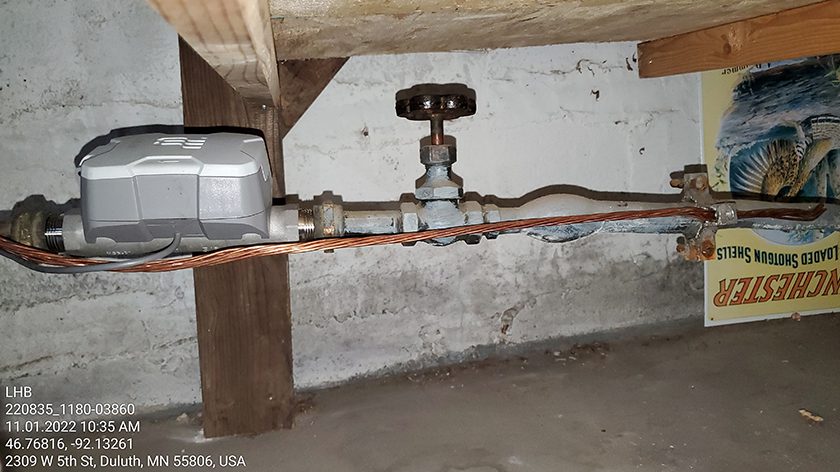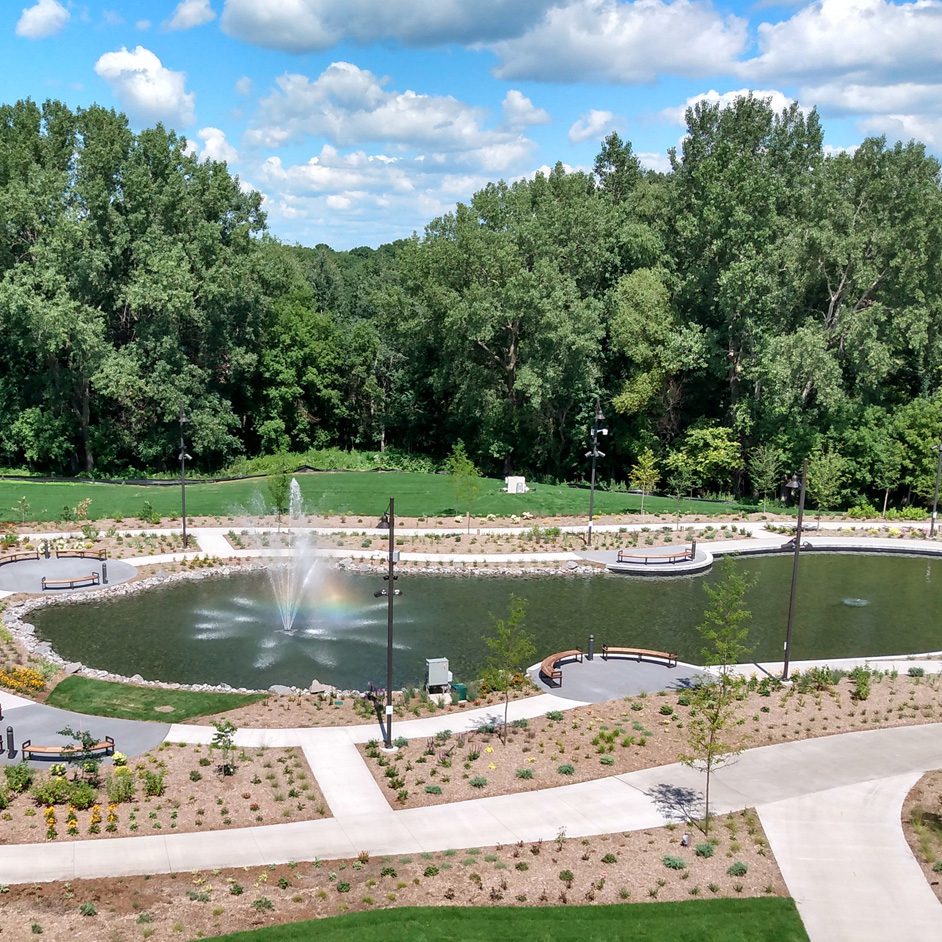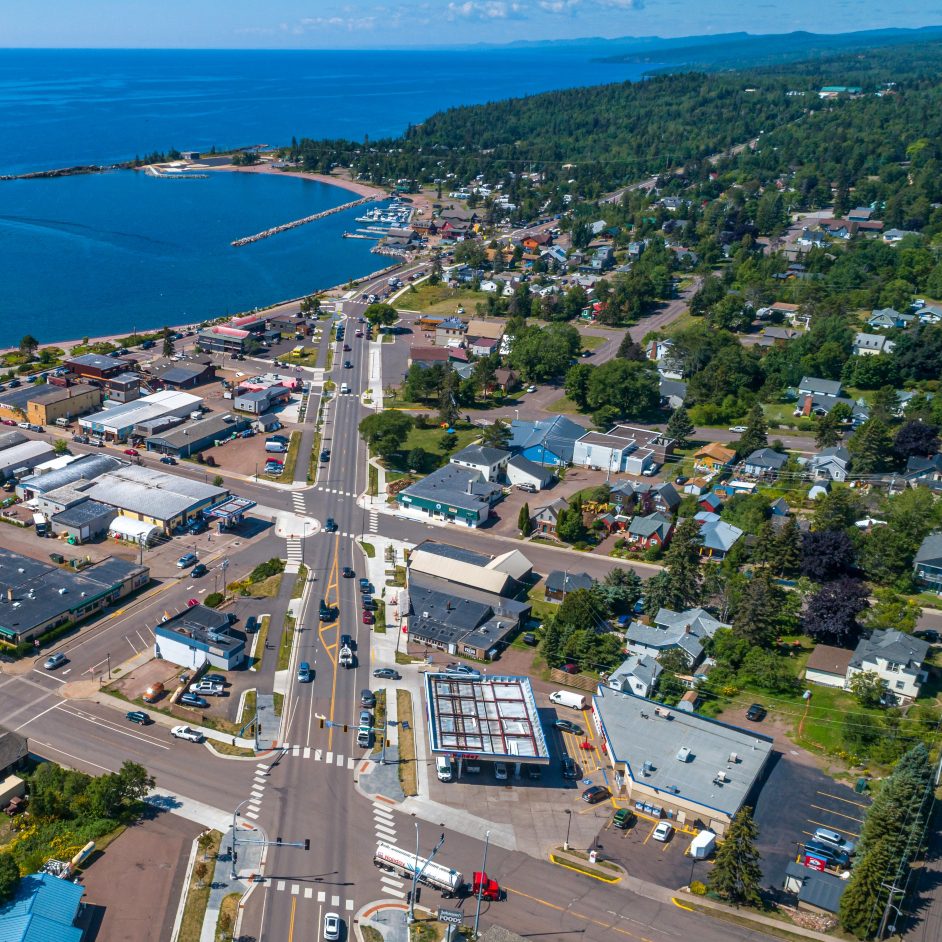
Addendum: Since our article’s original publish date on March 5, 2024, LHB has been selected to classify and catalog the necessary design information for an additional 750 lines in the City of Duluth.
Now is the time to consider lead service line replacement, especially if your community includes housing stock built before 1930.
Lead-laced drinking water endangers human health in many U.S. cities. Prolonged exposure to lead can lead to brain damage, reduced fertility, kidney disease, cancer, and other health issues. Until the 1930s, however, lead piping was commonly installed to deliver water service to homes and businesses.
Efforts are now underway in many municipalities to replace lead piping. The City of Duluth, for example, has retained LHB as part of a citywide effort to inspect and identify water service lines that need replacement. Leveraging our extensive abilities with GIS technologies and our familiarity with municipal infrastructure, our staff have inspected and identified lines efficiently and effectively, producing a large number of construction-level documents that can be used to direct replacement.
Funds for replacement
Federal and state funding has helped support replacement in many municipalities. In 2021, Congress passed the Bipartisan Infrastructure Law, which invests $15 billion toward the replacement of lead service lines. Nearly half of that sum was earmarked as grants or principal forgiveness loans for communities that implement replacement plans.
In 2023, the Minnesota Legislature allocated $240 million toward lead service line replacement, with the goal of removing all lead lines in public drinking water systems by 2033. This move also unlocked related federal dollars. Entities that can apply to receive state funds include:
- Community public water suppliers
- Municipalities
- Suppliers of other residential drinking water systems
- Entities eligible for grants or loans under the federal Safe Drinking Water Act of 1974.
LHB’s work in Duluth
Duluth has an estimated 8,000 lead water service lines needing replacement. To replace these lines, the city has set out to inspect and replace 500-1,000 lines each year until the work is complete. State and federal funding will defray the cost of replacement.
Approximately 1,000 service lines were identified for inspection and possible replacement for the 2024 construction season. These were sub-divided into four separate projects, replacing up to 250 services per project, and awarded to LHB and three other consultants.

The scope of LHB’s project was unique, however, specifically focused on open excavation replacements. Site constraints such as steep grades, non-typical site features, and retaining walls made the design challenging. The team conducted detailed inspections of the interior and exterior of each home to collect information for the GIS database. The information was then used to design plans for the service installation and surface restoration from the street to the connection point inside the home.
LHB was recently selected to inspect another 250 lines in the City of Duluth. Many lines across Minnesota have yet to be replaced. LHB is pleased to be part of the effort to clean up drinking water in Duluth, addressing challenges, minimizing costs, and building a better and healthier future for the city’s residents.
Note: If you are a Duluth resident interested in learning if you have a lead service line, visit the Public Works & Utilities page on the City of Duluth’s website to learn more, schedule a free inspection, or self-identify.
Looking for a consultant to help your community develop a lead service line replacement plan? Reach out to Adam Besse at Adam.Besse@LHBcorp.com.
Resources
https://www.health.state.mn.us/communities/environment/water/rules/replaceplan.html
https://lhbcorp.com/projects/lead-water-service-replacement/


